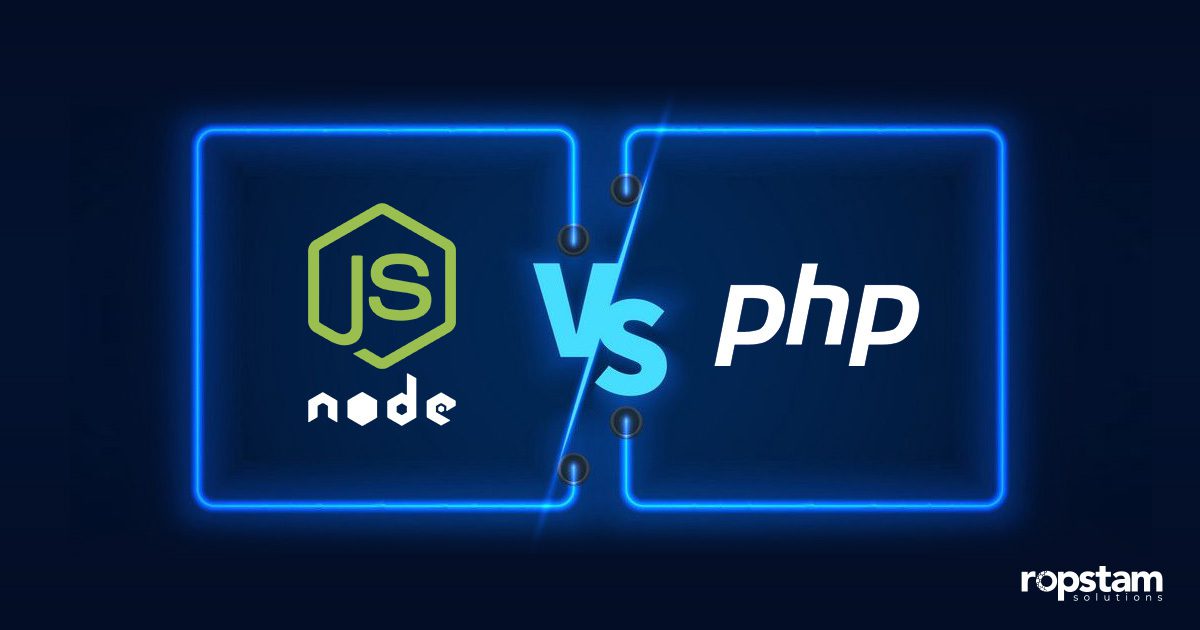React, a game-changer in front-end development, is distinguished by its unique selling points. Developed and maintained by Facebook (now Meta), React’s component-based architecture and entire ecosystem make it a favorite among developers and businesses. It revolutionizes how interactive and efficient user interfaces are built.
This blog explores the reasons behind React’s widespread popularity, its key benefits, and how it continues to shape the future of front-end development.
What is React
React is a powerful and flexible JavaScript library for building dynamic and interactive user interfaces, particularly for web applications. Developed by Facebook (Meta), it simplifies the process of creating reusable and modular components, enabling developers to design complex applications with cleaner, more efficient code. Unlike traditional methods that directly manipulate the Document Object Model (DOM), React uses a Virtual DOM to optimize performance by updating only the changed elements. Its component-based architecture allows for better scalability and maintainability, making it ideal for projects ranging from small-scale websites to enterprise-level applications.
Thanks to its features like one-way data flow and support for tools like React Hooks, Redux, and server-side rendering, React provides a modern, developer-friendly approach to crafting seamless user experiences.
Key Features of React
React’s full and developer-friendly features make it one of the most sought-after tools for front-end development. Here’s a detailed look at its standout features:
1. Component-Based Architecture
React’s component-based architecture is a significant benefit. It encourages a modular approach to development by dividing the UI into reusable components. This not only saves development time but also promotes clean, maintainable code, allowing you to craft a ‘button’ component once and reuse it across a website, ensuring consistency in design and functionality.
- Reusability: Components can be used across different parts of an application, reducing redundancy.
- Ease of Maintenance: Each component is self-contained, making debugging and updates more manageable.
2. Virtual DOM
The Virtual DOM is one of React’s most revolutionary features. Instead of manipulating the real DOM directly, React uses a virtual copy for updates.
- React’s Virtual DOM feature is key to optimizing application performance. By identifying changes in the Virtual DOM and updating only the specific elements in the actual DOM, React ensures efficient rendering and a smoother user experience, minimizing rendering time and enhancing application speed, particularly for data-intensive applications.
- Performance Boost: This minimizes rendering time and enhances application speed, particularly for data-intensive applications.
3. Unidirectional Data Flow
React’s one-way data binding approach ensures a transparent and predictable structure. Data flows from parent to child components, providing better control and simplifying debugging. This predictability is a key feature of React that instills confidence in developers, making it easier to trace data changes and understand the flow of information.
- Data Props: Data flows from parent to child components, ensuring better control.
- Debugging Simplified: The unidirectional flow makes tracking data changes easier.
4. JSX (JavaScript XML)
React uses JSX, a syntax extension that combines JavaScript and HTML-like code.
- Readability: JSX makes the code more readable and easier to debug.
- Dynamic Content: Developers can embed JavaScript expressions directly within JSX.
5. React Hooks
React introduced Hooks in version 16.8, allowing developers to manage state and lifecycle methods in functional components.
- Simplification: UseState and useEffect eliminate the need for class-based components.
- Flexibility: Developers can use features like state management and side effects without extra boilerplate code.
6. High Performance
React’s design focuses on optimizing application performance.
- Lazy Loading: Only loads the necessary parts of the application.
- Code Splitting: Divide the application into smaller chunks to improve loading times.
7. Strong Ecosystem and Community Support
React’s ecosystem includes libraries and tools that streamline development:
- React Router: For managing navigation in single-page applications.
- Redux and Context API: For state management in complex applications.
- Next.js: A React framework for server-side rendering and static site generation.
8. Cross-Platform Development with React Native
React’s capabilities extend to mobile app development through React Native.
- Code Reusability: Share code between web and mobile applications.
- Native-Like Performance: Build apps that feel and perform like native applications.
9. SEO-Friendly Features
React supports Server-Side Rendering (SSR) through tools like Next.js, which improves search engine indexing.
- Faster Rendering: SSR allows React applications to load faster.
- Improved SEO: Essential for content-heavy and e-commerce platforms.
10. Rich Developer Tools
React provides browser extensions like React Developer Tools to inspect component hierarchies and debug efficiently.
- Visibility: Developers can analyze component structures and states in real-time.
- Efficiency: Simplifies debugging and performance monitoring.
11. Backed by Meta
Strong support from Meta and a thriving open-source community drives React’s consistent updates and improvements.
- Reliability: Regular updates ensure React stays relevant to modern development needs.
- Community Contributions: A vast repository of third-party plugins, tutorials, and guides enriches the ecosystem.
React’s innovative features empower developers to quickly build dynamic, scalable, high-performance applications. Whether you’re creating simple user interfaces or complex enterprise solutions, React has the tools to bring your vision to life.
What Makes React So Popular for Front End-Development?
1. Virtual DOM
Traditional DOM manipulations can be sluggish, especially for complex applications. React’s Virtual DOM mitigates this by keeping a lightweight representation of the actual DOM. React updates only the affected nodes when changes occur, ensuring faster rendering and a smoother user experience.
2. JSX
JSX simplifies coding by allowing developers to write HTML-like syntax directly within JavaScript. This combination improves code readability and enables developers to see their UI components and logic in one place, enhancing productivity and reducing the likelihood of errors.
3. Unidirectional Data Flow
React’s one-way data binding improves application reliability by guaranteeing that updates in a component’s state are immediately reflected in the user interface. This predictable data flow simplifies the development process and makes debugging a breeze, as developers can easily follow the data path in a single direction. You can confidently build and maintain robust, user-friendly, and efficient applications with this clarity.
4. Large and Active Community
React boasts a massive developer community, meaning abundant resources, tutorials, libraries, and forums are readily available. Whether you’re a beginner or an expert, there’s always help. Its widespread adoption ensures React remains well-maintained and updated.
5. Performance Optimization
React’s performance-focused design and features like lazy loading and code splitting empower developers to create applications optimized for speed and efficiency. Applications load quicker and perform seamlessly, even when managing substantial data loads—giving users a smoother and more responsive experience they will appreciate.
6. Flexibility and Extensibility
React’s true strength lies in its remarkable simplicity and ability to integrate effortlessly with various libraries, tools, and frameworks. Whether you’re enhancing your application’s state management with Redux or elevating user experience through stunning animations with Framer Motion, React truly adapts to meet diverse project requirements. Such flexibility enables creativity and assigns developers to build dynamic and responsive web applications that stand out.
Final Thoughts
React remains dominant in front-end development due to its unmatched flexibility, powerful features, and active community. It simplifies complex UI tasks and optimizes performance, making it a preferred choice for developers around the globe. React will remain a crucial element of modern front-end development as web technologies advance. React has transformed how developers create user interfaces by offering features such as a component-based architecture, Virtual DOM, JSX syntax, and a unidirectional data flow system. Its extensive ecosystem and performance enhancements make it ideal for building scalable, efficient, and interactive web applications. Whether you are working on a personal project or an enterprise-level application, React is a reliable and effective tool.













